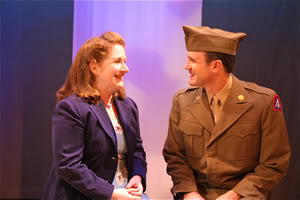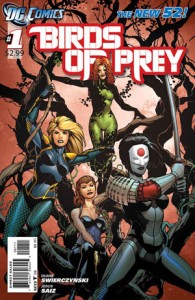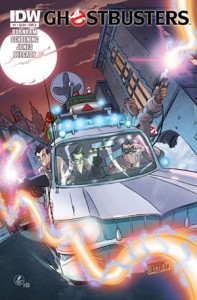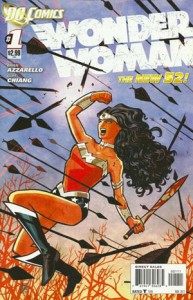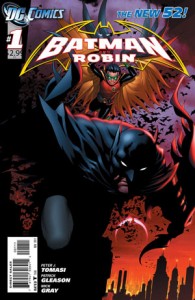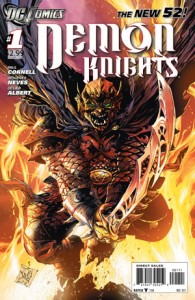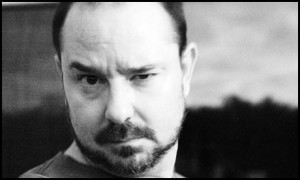Written by Christy Hall; Director: Marianne Savell; Heather Chesley, Rick Marcus ( February 3 through March 11, 2012)
Christy Hall’s one-act play Yours, Isabel gets a sparkling American premiere from the Actors Co-op. Director Marianne Savell keeps her two actors in motion, letting movement breathe vibrant life into a play built upon correspondence. Chesley and Marcus deliver warmth, affection, and all the stresses that this story carries, with the result that the audience cares about the story’s resolution.
Inspired by a real correspondence between a couple during World War II, Hall’s play gives us a view into the challenges women faced during those years when so much of the male workforce was elsewhere facing violence and death. Young Isabel McMeniman, a fiesty Irish-American Jersey girl has fallen for the amiable Italian-American Nick D’Angelo, who in the summer of 1941 (before Pearl Harbor) went into the Army. Their letters back and forth unfold the social changes that came to women during this period.
The script places a heavy demand upon the actress playing Isabel and Chesley rises wonderfully to the challenge. Most of the story is told through Isabel’s letters, with the epistolary narration being acted out by the letter-writer. Chesley gives Isabel a lively bounce to her personality and makes it easy for us to understand what captivated Nick in the first place. Marcus in addition to showing us a Nick worthy of Isabel’s fidelity also gets to play a fistful of other men Isabel encounters. And he makes the most of it, for you do not mistake any of these secondary characters for Nick.
The stylized set gives scope to the ranging settings fo the play: from bustling Manhattan streets to the Lincoln Memorial, from a factory office to the confined spaces of Isabel’s dying father’s home. Lighting and simple multi-levels of playing area all work to stretch our imaginations. Credit for this achievement goes to Gary Lee Reed for the set and Lisa D. Katz on the lighting.
Savell’s sure hand at direction delivers a wonderful, touching evening. Hall’s thoughtful play celebrates qualities that often get short shift in our cynical age. The cast reminds us of the beauty in being faithful and true. It’s a pleasing piece of entertainment, well worth the night out.

